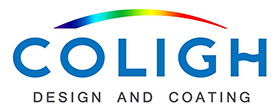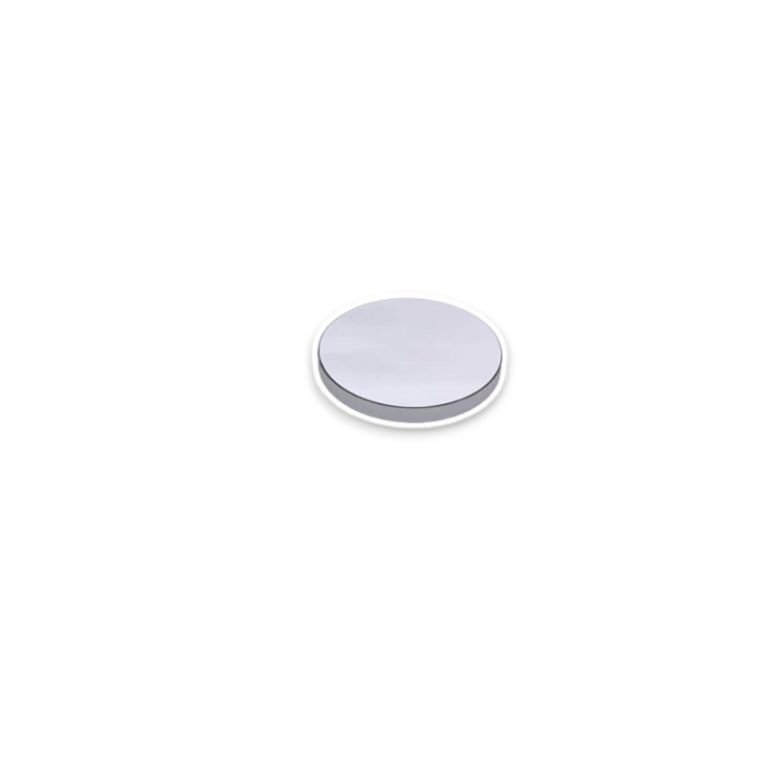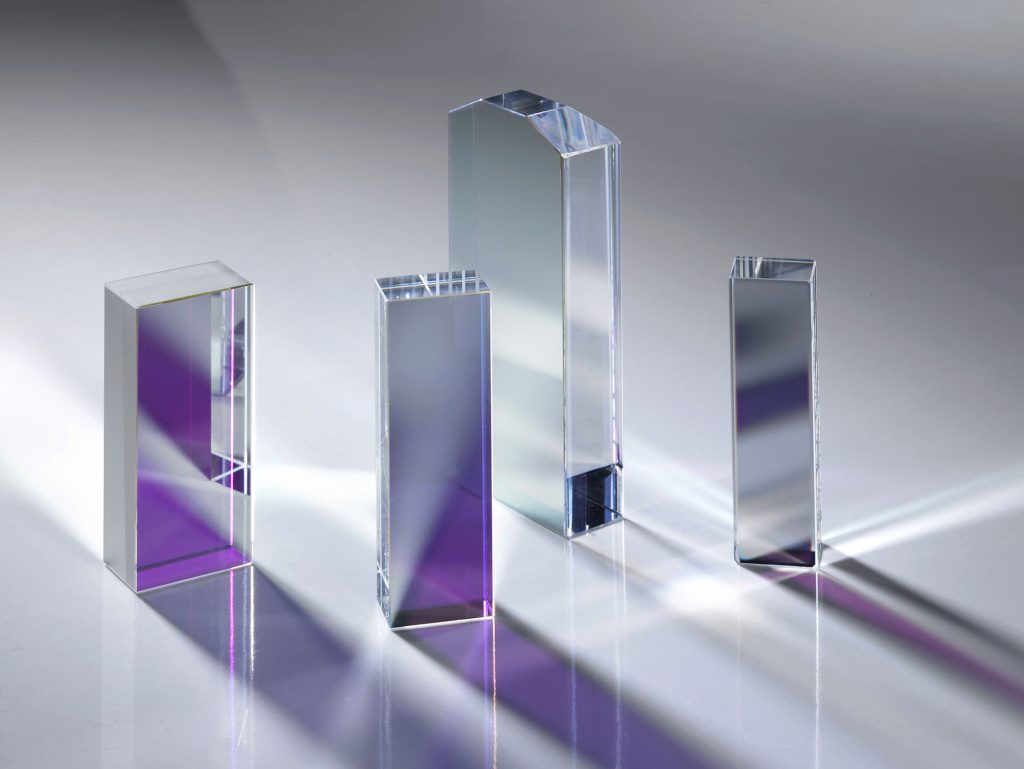Silver Reflective Flat mirror
FAQs
A silver mirror is a reflective mirror with a thin silver coating applied to the surface of an optical substrate such as glass, quartz, or metal. Silver mirrors offer extremely high reflectivity in the 400–2000 nm range, particularly in the visible spectrum, with reflectance typically reaching 95%–99%.
A protected silver mirror is made by depositing one or more transparent protective layers (such as SiO₂, Al₂O₃, or Ta₂O₅) on top of the silver coating. These layers prevent oxidation or sulfuration of the silver and enhance mechanical durability.
Silver mirrors perform exceptionally well in the 400–2000 nm range, with peak reflectance exceeding 98%, making them ideal for high-precision visible light systems.
Aluminum mirrors perform well across 200–2000 nm, with peak reflectance above 90%, and are suitable for UV optics or cost-sensitive applications.
First surface silver mirrors have the silver coating on the front surface of the substrate, allowing light to reflect directly without ghosting.
Silver is deposited onto the substrate using vacuum evaporation or magnetron sputtering techniques.
Silver mirrors are widely used in high-precision optical systems such as telescope and microscope reflectors, and laser resonator mirrors. In solar applications, they are used as reflective components in concentrated solar power systems. In scientific instruments, silver mirrors serve as core reflective elements in interferometers and spectrophotometers.


